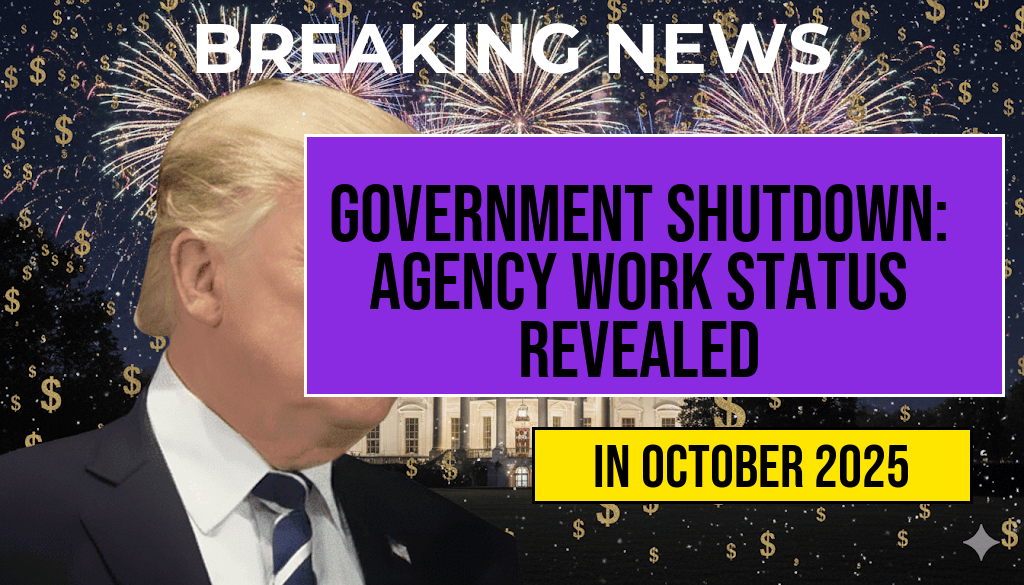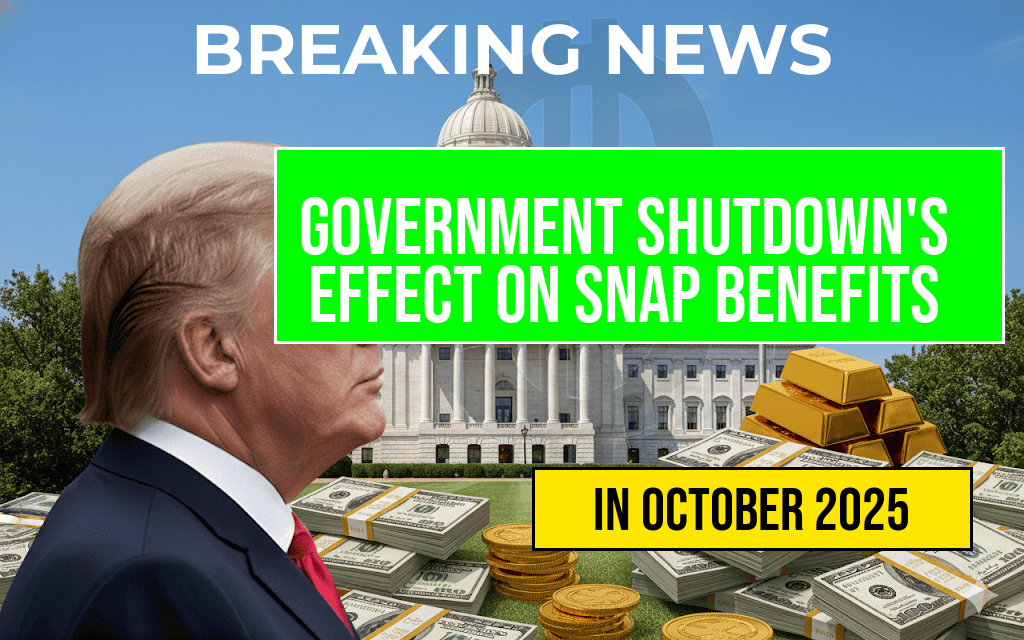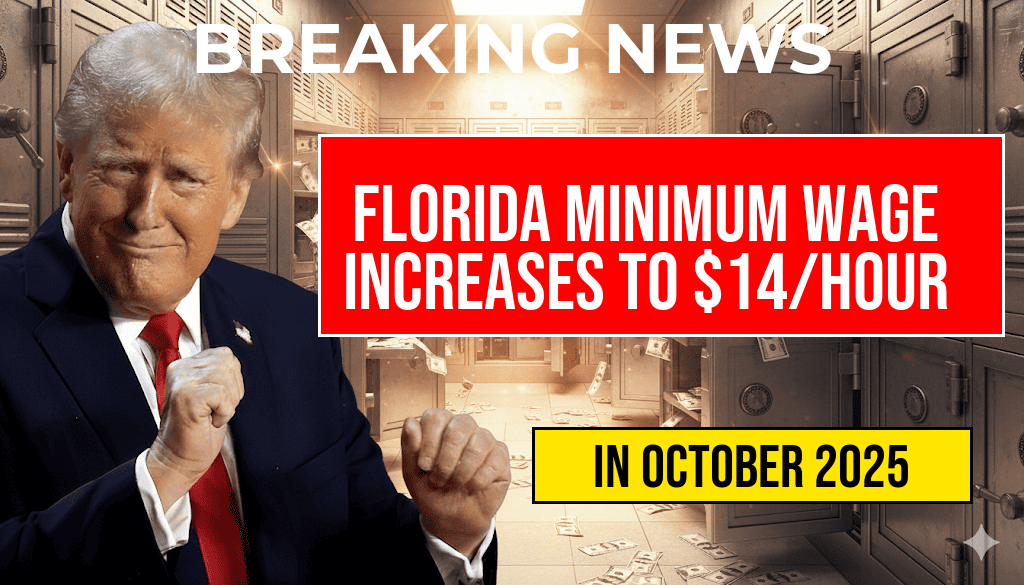The ongoing threat of a government shutdown has raised concerns over the future of the Supplemental Nutrition Assistance Program (SNAP), commonly known as food stamps. As federal funding hangs in the balance, millions of Americans who rely on these benefits may face uncertainty regarding their access to food assistance. SNAP, which serves approximately 42 million individuals, provides critical support to low-income families and individuals, helping to alleviate hunger and improve nutrition. Recent discussions in Congress suggest that if a shutdown occurs, the impact on SNAP benefits could be significant. This article explores what recipients can expect regarding their food stamp benefits amid the potential government shutdown.
Understanding SNAP and Its Funding
SNAP is a federal program administered by the U.S. Department of Agriculture (USDA) that provides nutrition assistance to eligible low-income individuals and families. The program is funded through a combination of federal and state resources, and its operations are heavily reliant on federal appropriations. When Congress fails to pass a budget, the government may shut down, affecting various services and benefits, including SNAP.
Current Status of the Government Shutdown
As of now, lawmakers are grappling with funding proposals, and the deadline to reach an agreement is approaching quickly. If a shutdown occurs, the USDA has indicated that existing SNAP benefits may still be distributed for a short period. However, the long-term implications of a shutdown could lead to delays in processing new applications and renewals, which may affect households in need.
Short-term vs. Long-term Effects on SNAP Benefits
The effects of a government shutdown on SNAP can be categorized into short-term and long-term impacts. Understanding these distinctions can help recipients prepare for potential changes.
- Short-term Effects: During the initial phase of a shutdown, beneficiaries may still receive their benefits as usual. However, the USDA has warned that funding for SNAP could run out quickly without new appropriations.
- Long-term Effects: A prolonged shutdown could lead to significant disruptions in the program. This includes halting the issuance of new benefits, delays in processing applications, and potential reductions in funding levels for states that administer the program.
What Recipients Should Do
For SNAP recipients, staying informed is crucial during this uncertain period. Here are some recommendations:
- Monitor Communications: Keep an eye on announcements from both the USDA and local SNAP offices for updates regarding benefit distributions.
- Budget Wisely: If you receive benefits, consider budgeting your resources carefully in anticipation of potential delays in future payments.
- Explore Additional Resources: If you face food insecurity, explore local food banks and community resources that can provide assistance during this time.
Potential Legislative Solutions
Lawmakers are aware of the ramifications a government shutdown could impose on vulnerable populations relying on SNAP. Discussions about alternative funding mechanisms or temporary extensions may emerge as a solution to mitigate the impact on food assistance programs. Advocates for low-income families are urging Congress to prioritize these discussions to prevent disruptions in food access.
Historical Context of SNAP During Shutdowns
Historically, government shutdowns have posed challenges for federally funded programs. During the 2018-2019 shutdown, SNAP benefits were initially distributed, but the USDA warned that future benefits could be at risk if the shutdown continued. The experience from previous shutdowns serves as a reminder of the potential instability that beneficiaries may face.
What Experts Are Saying
Experts in food security emphasize the importance of SNAP in combating hunger, particularly during economic downturns. According to a report by the Center on Budget and Policy Priorities, SNAP is one of the most effective tools in reducing poverty and improving food security. The potential impact of a government shutdown could reverse some of the progress made in these areas.
| Duration of Shutdown | Impact on SNAP |
|---|---|
| Less than 1 week | Minimal impact; benefits likely continue. |
| 1–3 weeks | Potential delays in new applications; existing benefits may continue. |
| More than 3 weeks | Significant disruptions; potential reduction in benefits and new applications halted. |
As the deadline approaches, the fate of SNAP benefits remains uncertain. For families relying on these vital resources, understanding the potential consequences of a government shutdown is essential. Keeping informed and preparing for possible changes can help mitigate the challenges that may arise in accessing food assistance.
For further information on SNAP and its funding, visit the USDA SNAP website or read more about the potential impacts of government shutdowns on social services on CBPP.
Frequently Asked Questions
What happens to SNAP benefits during a government shutdown?
During a government shutdown, SNAP benefits may continue to be funded for a short period, but there could be delays in processing new applications and recertifications, affecting access for some recipients.
Will I receive my food stamps if the government shuts down?
Current recipients of food stamps are likely to receive their benefits for a limited time, but future payments could be at risk if the shutdown persists for an extended period.
How can I find out if my SNAP application is affected by a shutdown?
To check the status of your SNAP application during a government shutdown, you should contact your local SNAP office, but expect longer wait times due to reduced staffing.
Are there any emergency provisions for SNAP during a shutdown?
In certain cases, emergency provisions may be enacted to provide temporary assistance to those who are most affected by the shutdown, but eligibility and availability can vary by state.
What should I do if I run out of food stamps during a shutdown?
If you run out of food stamps during a government shutdown, consider reaching out to local food banks and community organizations for assistance, as they may offer resources to help during this time.












